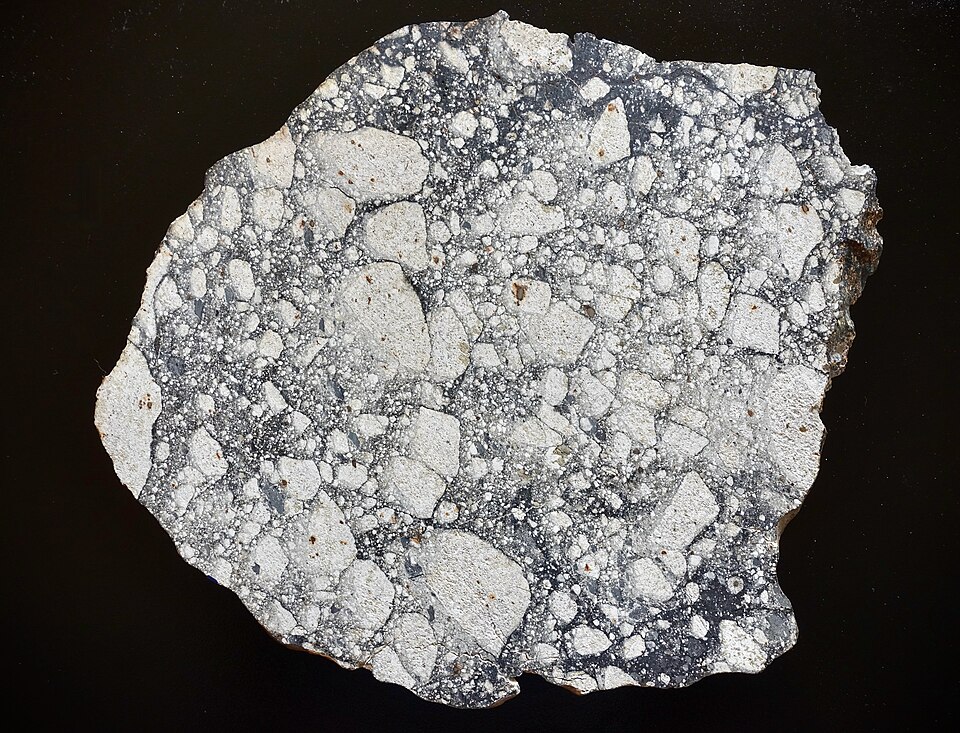Understanding Lunar Dust Dynamics: Implications for Future Missions

As humanity gears up for a new era of lunar exploration, understanding the complexities of lunar dust dynamics has emerged as a critical focus for scientists and engineers. Recent research led by Rui Ni from Johns Hopkins University, in collaboration with NASA's Marshall Space Flight Center and the University of Michigan, reveals significant insights into the behavior of dust clouds generated during spacecraft landings on the Moon.
When rockets descend to the lunar surface, they unleash powerful exhaust plumes that create massive clouds of dust and debris. Unlike Earth, where atmospheric resistance mitigates such effects, the Moon's near-vacuum environment allows dust particles to travel at high velocities, posing a substantial risk to lunar equipment and astronaut safety.
The phenomenon, known as the Görtler instability, was previously a puzzle for scientists. During the Apollo missions, astronauts and mission controllers observed that dust clouds formed distinctive streak patterns radiating outward from the landing sites, resembling spokes on a wheel. Prior to this research, the reasons behind these patterns remained largely unexplained.
To investigate, the research team conducted experiments in NASA's 15-foot vacuum chamber, utilizing six cameras to track the interaction between gas jets and simulated lunar soil. Their findings confirmed that the streak patterns are a consequence of the behavior of supersonic rocket plumes interacting with granular surfaces, rather than the specific landing sites chosen. "The strikingly regular streak patterns seen during landings aren't caused by the chosen landing sites. Instead, they result from the behavior of the supersonic rocket plume as it imprints on the granular surface," stated Rui Ni, the lead researcher.
The implications of this research are profound, particularly as NASA's Artemis program aims to establish a sustainable presence on the Moon. High-speed lunar dust can damage landing gear, contaminate scientific instruments, and reduce the efficiency of solar panels, potentially jeopardizing future missions. By understanding the dynamics of dust clouds, engineers can better predict debris trajectories and develop strategies to protect sensitive equipment. For instance, mission planners might position crucial instruments away from predicted dust paths or design landing pads to minimize dust generation.
The study underscores the necessity for thorough preparation as humanity embarks on its next lunar journey. As we prepare for extended stays on the Moon, understanding and mitigating the risks posed by lunar dust will be paramount to the safety of astronauts and the success of lunar habitats and research endeavors. The research findings mark a significant step toward ensuring the longevity and effectiveness of future lunar missions, opening avenues for deeper exploration of our celestial neighbor.
In summary, the comprehensive understanding of lunar dust dynamics not only sheds light on past missions but also prepares us for the challenges ahead. The ongoing research is crucial for planning resilient lunar infrastructure, ensuring that future explorers can operate safely and effectively on the Moon's surface.
Advertisement
Tags
Advertisement





